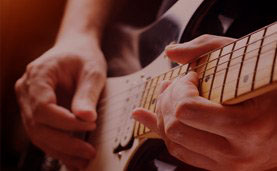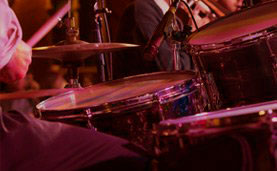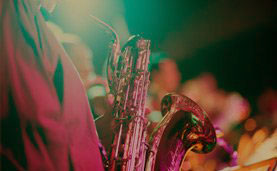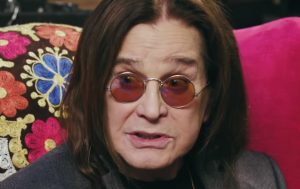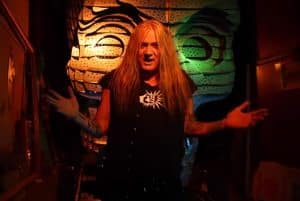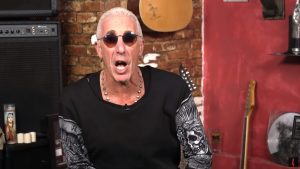Jimmy Page’s Hardest Time Replacing A Bandmate
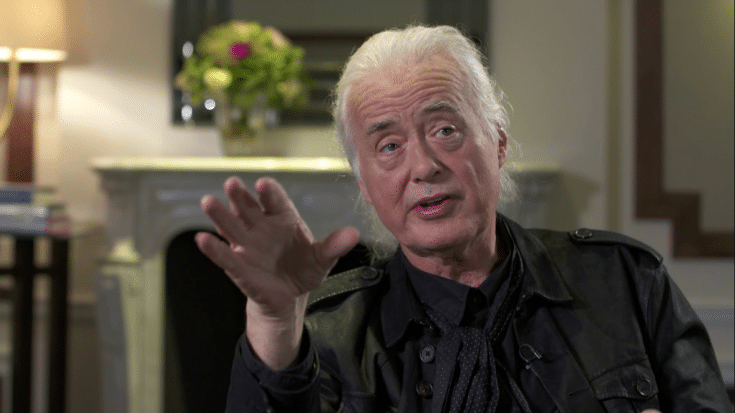
via Academy of Achievement / YouTube
Before becoming a rock legend, Jimmy Page was already a force behind the scenes. As a session guitarist, he played with some of the biggest British acts of the 1960s, including The Rolling Stones and The Who. His skill and versatility made him one of the most in-demand musicians of the time.
But Page was craving more than just studio work. He wanted to be on stage, part of a band, crafting songs and shaping a sound of his own. That opportunity finally came when the Yardbirds needed a replacement for their departing bassist, Paul Samwell-Smith. Though it wasn’t the role he originally envisioned, Page took the leap.
What followed wasn’t just a shift in instrument—it was a test of adaptability, musicianship, and personal resolve. For Page, replacing Samwell-Smith would prove to be one of the most difficult transitions of his career.
View this post on Instagram
Playing Bass in Big Shoes
When Jimmy Page joined the Yardbirds, it wasn’t as a lead guitarist but as a bassist—a surprising move for someone so synonymous with guitar mastery. This temporary role came out of necessity. The band had shows lined up, and they needed someone to hold down the low end immediately.
Page’s friend Jeff Beck was already handling lead guitar duties, so Page accepted the challenge with the understanding that the arrangement might evolve. However, stepping into Paul Samwell-Smith’s shoes wasn’t easy. Samwell-Smith had a distinctive style that was deeply woven into the band’s sound and chemistry.
In an interview years later, Page admitted how daunting it was. Despite his experience as a session player, bass wasn’t his comfort zone. He recalled the gigs as “hard” and “tough,” not just because of the technical demands, but because he was stepping into a space shaped by someone else’s legacy.
View this post on Instagram
The Plan to Switch Roles
The initial plan was never for Page to remain on bass. The idea was to eventually shift Chris Dreja, the rhythm guitarist, over to bass so that Page and Beck could share guitar duties. This move would allow for creative interplay between the two guitarists, giving the band a fresh and dynamic sound.
That plan did come together during the band’s live shows. Page started incorporating more guitar into the set, even experimenting with a violin bow on tracks like “Over Under Sideways Down.” The shared guitar work between Beck and Page added a new texture to the band’s performances.
Although the transition took effort, it became a turning point for Page. He was no longer just a hired hand; he was actively shaping the sound onstage. That taste of dual guitar synergy would later influence the direction he’d take with Led Zeppelin, where layering and experimentation became core to the band’s sound.
View this post on Instagram
A Defining Moment Before Greatness
Looking back, Jimmy Page’s brief tenure as the Yardbirds’ bassist wasn’t just a footnote in his career—it was a defining challenge that pushed him beyond his comfort zone. It tested his adaptability and laid the groundwork for the kind of fearless experimentation he would later become known for.
His willingness to take on a role he wasn’t fully comfortable with showed his dedication to the music and the band. Despite the pressure of filling in for a fan-favorite member, Page made it work and helped the Yardbirds maintain momentum during a transitional time.
What began as a tough gig ended up being an essential chapter in Jimmy Page’s journey. It was the moment he stopped being just a session genius and started becoming a rock icon in his own right.
View this post on Instagram

